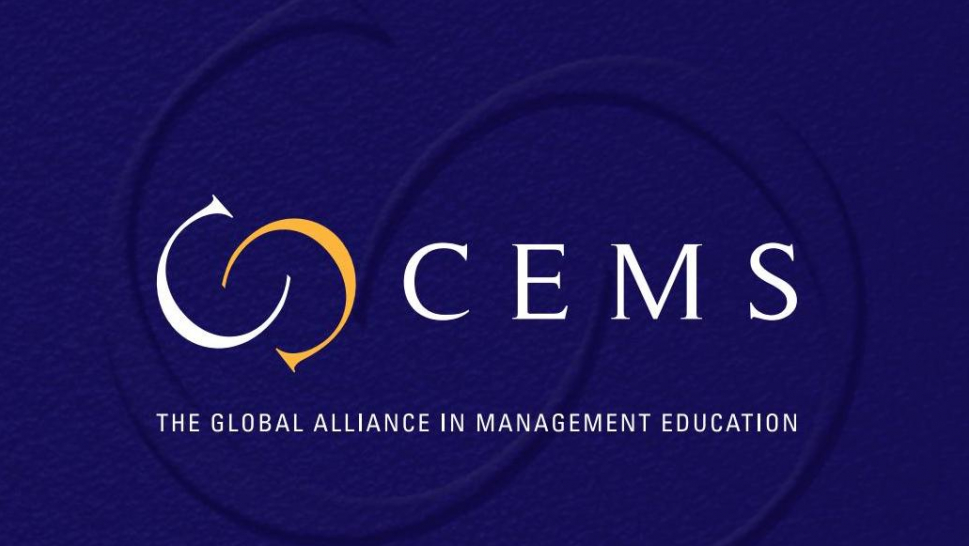The course is structured in two parts. In the first part, I teach students the basics of international financial markets, in particular currency markets, and financial instruments. In the second part, we discuss how the concepts, developed in the first, part matter for corporate management. We start from textbook fundamentals, add a few insights from recent academic research, and then elaborate on how these concepts directly translate into practical applications, which range from the replication of real-world currency management strategies to corporate financial case studies.
After completing this course the students develop an understanding of how the additional opportunities and additional risks arising in international financial markets matter for the management of multinational firms. We discuss several real-world applications in class, students complete home assignments, and at the end of the course there is an exam.
The idea behind the structure of my course, i.e. the mix of textbook fundamentals, some depth in theory and elaborating on how these concepts are directly applied in practice, is to show that the gap between theory and practice in financial decision making is usually very small. The takeaway is that successful management decision should be based on a joint understanding of the business model of the firm, economic fundamentals, financial markets and financial instruments.
Particularly satisfying moments for me, as the teacher, are when students who have had little or no exposure to finance before my course tell me that upon completion of my course they perceive finance an interesting discipline itself and that they have realized that understanding financial concepts is more important for management tasks than they previously anticipated.
CEMS students usually represent a heterogeneous group of ambitious students, which often leads to interesting discussions from different perspectives compared to courses with students that focus on finance throughout their academic career.




